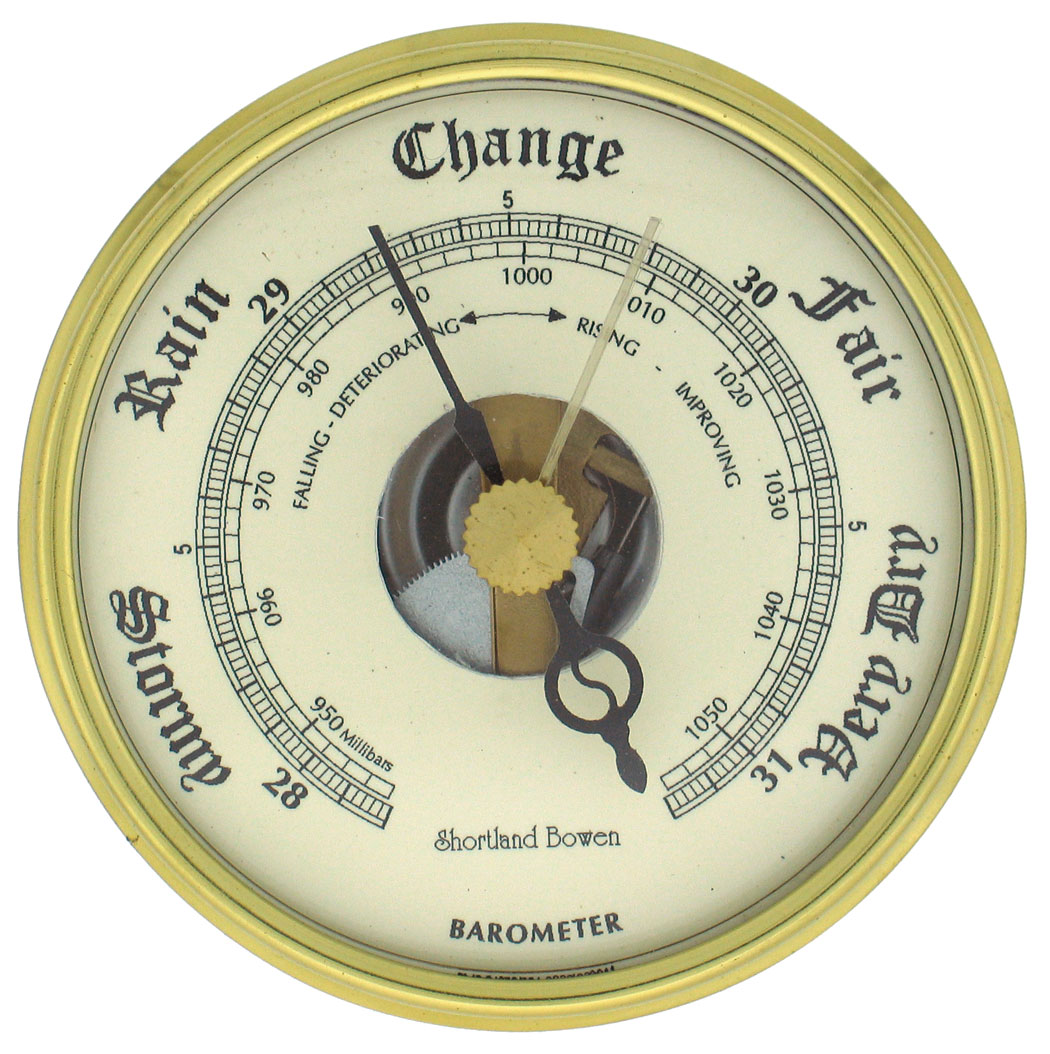Understanding the dynamics of our atmosphere is not just a scientific endeavor; it's vital for various applications, from aviation to meteorology. One of the most essential tools in this exploration is the barometer. A barometer measures the pressure of the atmosphere at different altitudes, providing crucial data that helps predict weather patterns and understand environmental changes. As we ascend through the layers of the atmosphere, the pressure fluctuates, and barometers play a pivotal role in quantifying these shifts.
By examining the relationship between altitude and atmospheric pressure, we can better comprehend how weather systems develop and evolve. In essence, a barometer measures the pressure of the atmosphere at different altitudes, allowing scientists and researchers to draw correlations between pressure changes and weather phenomena. This article will explore the various types of barometers, their operational principles, and their significance in both everyday life and scientific research.
In addition to their scientific importance, barometers hold historical significance as well. From the early days of weather prediction to modern advancements in technology, the evolution of barometric measurement has been fascinating. Let us embark on this journey to uncover the mysteries of atmospheric pressure and the essential role of barometers.
What is a Barometer and How Does it Work?
At its core, a barometer is an instrument designed to measure atmospheric pressure. But how exactly does it operate? The functioning of a barometer can be understood through two primary types: mercury barometers and aneroid barometers.
What are Mercury Barometers?
Mercury barometers consist of a glass tube filled with mercury, which is inverted into a basin of the same liquid. The height of the mercury column indicates atmospheric pressure; as pressure increases, the mercury rises, while it falls when pressure decreases. This type of barometer is highly accurate and was widely used before the advent of electronic instruments.
What are Aneroid Barometers?
Aneroid barometers, on the other hand, utilize a small, flexible metal box called an aneroid cell. As atmospheric pressure changes, the aneroid cell expands or contracts, moving a needle on a dial to indicate the pressure level. These barometers are more portable and have become increasingly popular for everyday use.
How Does a Barometer Measure Atmospheric Pressure at Different Altitudes?
A barometer measures the pressure of the atmosphere at different altitudes by taking into account the decrease in air pressure as one ascends. As altitude increases, there is less air above a given point, resulting in a lower atmospheric pressure. This relationship is essential for understanding weather patterns and predicting changes.
What is the Relationship Between Altitude and Pressure?
As altitude increases, the density of the air decreases, leading to a drop in pressure. This phenomenon can be explained by the barometric formula, which relates pressure, temperature, and altitude. Understanding this relationship is critical for various fields, including aviation, meteorology, and even mountaineering.
Why is Atmospheric Pressure Important in Weather Prediction?
Atmospheric pressure plays a significant role in weather prediction. Low-pressure systems often lead to cloudy and rainy conditions, while high-pressure systems bring clear, sunny skies. By using barometers to measure pressure at different altitudes, meteorologists can forecast weather changes and develop accurate models to predict weather patterns.
How Has the Barometer Evolved Over Time?
The history of the barometer dates back to the 17th century when Evangelista Torricelli invented the mercury barometer. Since then, barometers have undergone significant transformations, incorporating modern technology to improve accuracy and usability.
What Modern Advances Have Been Made in Barometric Measurement?
With advancements in technology, digital barometers have emerged, providing real-time data and enhanced features such as altitude adjustment and weather forecasting capabilities. These modern instruments have made barometric measurement more accessible and user-friendly, helping enthusiasts and professionals alike monitor atmospheric conditions.
How Do Barometers Benefit Everyday Life?
Understanding how a barometer measures the pressure of the atmosphere at different altitudes is not just useful for scientists but also for everyday individuals. Weather enthusiasts, hikers, and pilots can utilize barometers to make informed decisions based on atmospheric conditions, enhancing safety and preparedness.
Conclusion: The Significance of Barometers in Understanding Our Atmosphere
In conclusion, a barometer measures the pressure of the atmosphere at different altitudes, serving as an indispensable tool in weather prediction and atmospheric study. By understanding the principles behind barometric measurement and its historical evolution, we gain insights into the intricate workings of our atmosphere. Whether for scientific research or personal use, the barometer continues to play a vital role in helping us navigate the ever-changing weather patterns of our planet.
As we look toward the future, the importance of accurate atmospheric pressure measurement will only continue to grow, underscoring the relevance of both traditional and modern barometric instruments in our understanding of the world around us.


